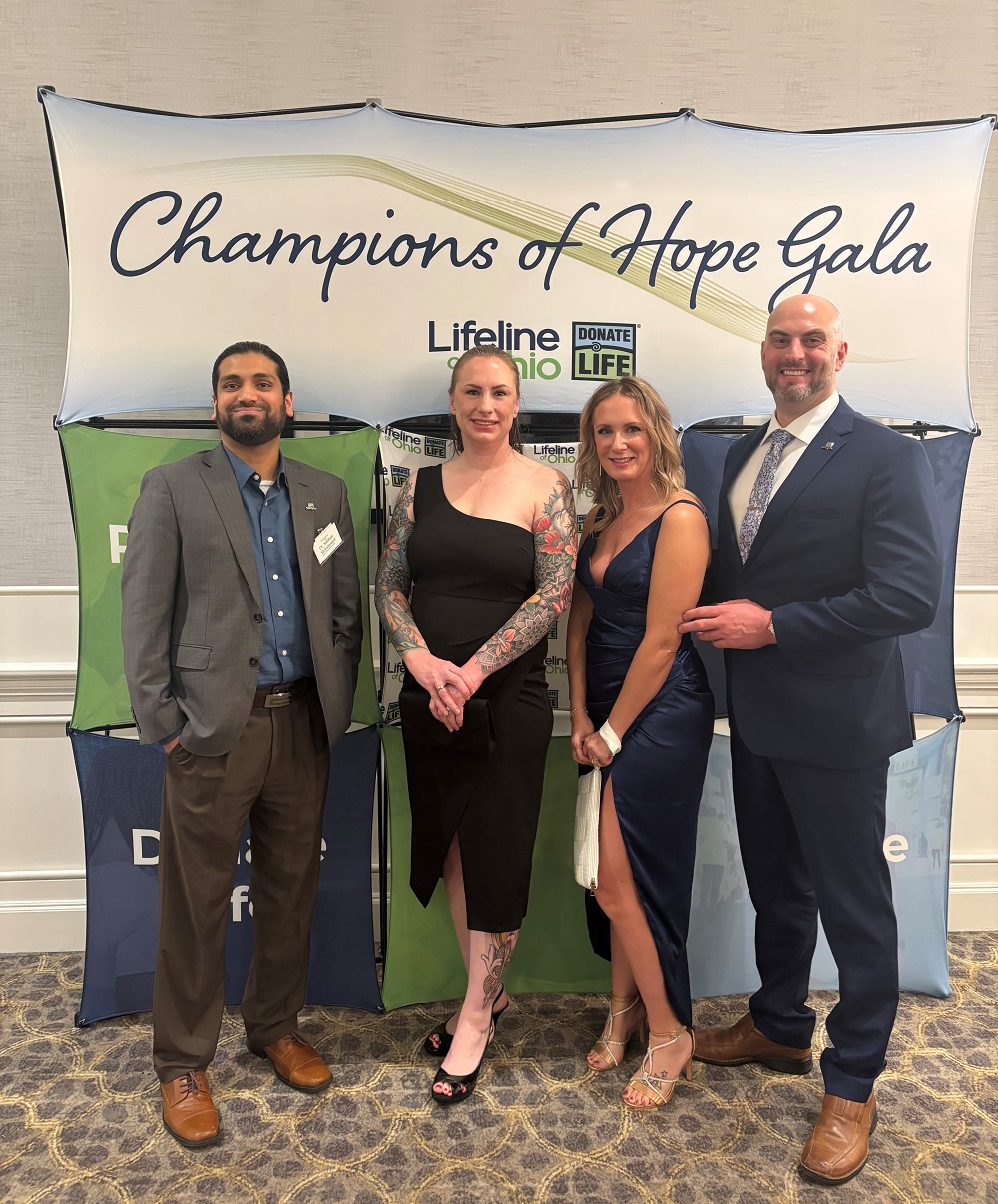Living with Diabetes

A type 2 diabetes diagnosis can seem devastating, but with careful monitoring and updates in diet, you can keep on the “sunny-side” of life.
Many people may think that type 2 diabetes is caused by an unhealthy diet or being overweight, and while those things can increase the risk of getting type 2 diabetes, every day people who are at a healthy weight and that are eating a well-rounded diet are diagnosed with diabetes. According to the Centers for Disease Control (CDC) roughly 1 in 10 Americans have some form of diabetes and 90-95% of those Americans have type 2 diabetes.
After we turn 45, our chances of getting type 2 diabetes increases because:
- Our cells become more resistant to insulin (a hormone that transports the sugars we eat into our cells so that our cells can use the sugar for energy)
- The pancreas does not produce as much insulin as it did when we were younger
- People with a family history of diabetes are also at an increased risk for getting the disease
Symptoms of diabetes include fatigue, increased hunger or thirst, unexplained weight loss, increased urination, or blurred vision. Other symptoms include frequent skin infections or slow healing cuts and bruises. Some people with diabetes don’t realize they have it because the symptoms start slowly and can be mistaken for other problems, or even ignored. However, if diabetes is left untreated it can cause serious problems like heart attack, stroke, kidney disease, blindness and even amputations.
A key indicator of diabetes is A1C level. The A1C test is a simple blood test that measures the average blood sugar level over the past three months. Your Adena primary care provider can make sure you get this test, especially if you have concerns, or risk factors. According to the American Diabetes Association, up to 70% of people who have prediabetes will eventually develop diabetes.
A1C levels
5.6% or less – Normal
5.7% - 6.4% - Prediabetes
6.5% or higher – Diabetes
Diabetes is not hard to manage, but it does require a change of habits. People newly diagnosed with diabetes will need to monitor their blood sugar several times during the day. Your Adena primary care provider can help you plan how to best monitor your sugars. Thanks to newer technology, there are many options for monitoring your blood sugar that now include phone apps or wearable monitors that can keep track of blood sugar constantly. This not only helps people keep track of their own sugars, but can also help keep track of other family members who struggle with their own testing such as elderly parents.
People with diabetes can help lower their blood sugars with diet and exercise. Some people with diabetes can actually improve their A1C so much that they will no longer need medications. Adena has a team of nutritionists who can help people with diabetes adapt to new eating habits, plan for monitoring and lifestyle changes. Your primary care provider can refer you to a nutritionist so you can make the most of this service. The key is to stay alert, monitor sugars, improve diet, exercise and work with the team at Adena to make sure you receive regular A1C tests and follow up visits.
Talk to your Adena primary care provider about A1C screenings and the steps you can take now to improve your chances against getting Type 2 Diabetes. Call your primary care provider’s office, or if you need a new primary care provider call 740-779-FIND (3463) or go to Adena.org to schedule an appointment.

